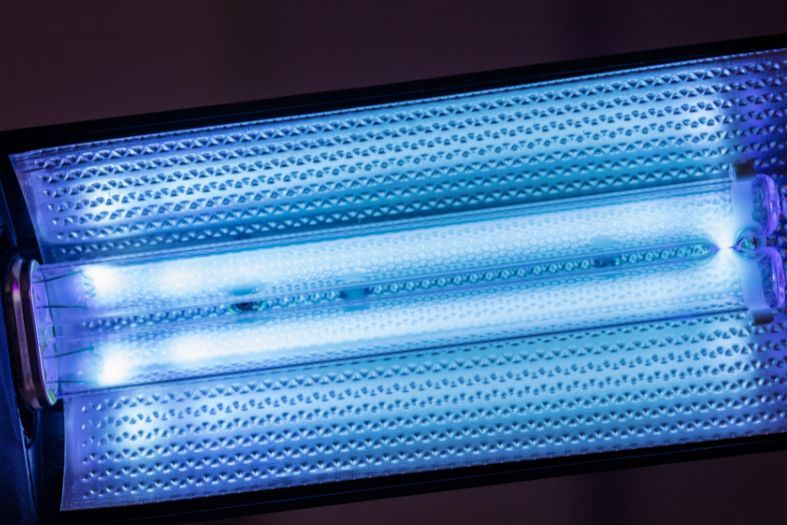
How to Know if UV Lights Can Be Installed in Your HVAC System
HVAC UV lights are a great option for improving your home’s indoor air quality and preventing issues with mold and other microorganisms. At Gee! Heating and Air, we often get questions from customers asking if UV light units are compatible with their HVAC system, and the answer to this question is quite simple. If your home has a central air conditioning or heating system, UV lights will definitely work as they can be installed in any ducted central HVAC system. Now that we’ve cleared that up, here is a full overview of the different types of UV light units, how they work and what benefits they can provide for your home.
How UV Light Filters Work
As you might guess, all types of UV light units work by emitting strong ultraviolet light. These units can either be installed directly inside the ductwork system or air handler or within a bypass duct that is connected to the existing ductwork system. When microorganisms like bacteria, viruses and mold spores come into contact with the ultraviolet light emitted by the unit, they are instantly rendered harmless so that they can no longer spread or multiply. The process works because the UV rays alter the microorganism’s DNA, which essentially kills it on contact.
HVAC UV lights can be either standalone units or incorporated into a whole-home air purification system. Both types of units work the same way. However, standalone units are only effective on living microorganisms whereas whole-home air purifiers with UV lights will both kill microorganisms and trap or filter out most other airborne allergens and chemical pollutants.
Most of these whole-home air purifiers use both UV lights and an electronic filter that attracts and traps airborne particles using a process known as ion exchange. Essentially, electronic filters work by releasing charged ions that stick to any airborne particles passing through the unit. At the far end of the unit is an aluminum plate that carries the opposite charge. Since positive and negatively charged ions attract, the aluminum plate basically acts like a magnet that grabs hold of all of the particles so that they are removed from the air.
You can also find whole-home air purification systems that instead use both a HEPA filter to trap airborne pollutants and allergens and UV lights to kill mold and bacteria. This type of system works just like any standard air filter except that a HEPA filter is far more efficient and will trap 99% of particles in the air as it flows through the filter.
If your primary concern is mold and bacteria, standalone units are a great option. If you have respiratory problems or allergies or are concerned with indoor air pollution, then a whole-home air purification system with UV lights is definitely the better choice.
Coil-sanitizing and Air-sanitizing UV Lights
Standalone UV light units can be either coil sanitizing or air sanitizing. Coil-sanitizing UV lights are installed within the air handler compartment so that the light shines directly on the AC evaporator coil. This type of light works to kill any mold and bacteria that are present on the evaporator coil and will also prevent any new microorganisms from taking hold and growing or spreading.
The evaporator coil is often a hotbed for both mold and bacteria. Whenever the AC system is running, warm air is constantly flowing over the coil. The fact that the coil constantly has cold refrigerant flowing through it means that moisture in the warm air continually condenses on the coil, and this combination of warm air and moisture is what makes the evaporator coil so prone to issues with mold and bacteria. This often leads to the air that blows out of the vents smelling quite musty, which is an issue that a coil-sanitizing UV light unit should help to eliminate almost immediately.
Air-sanitizing UV lights can usually be installed anywhere in the supply or return ductwork. This makes it a great choice if you have issues with condensation forming on some parts of your ductwork and leading to mold growth. As soon as the unit is installed, it will quickly kill any mold that is already growing in the ductwork and also prevent the condensation from leading to more mold starting to grow.
Not only will this type of unit kill any mold on the ducts themselves, but it will also eliminate any bacteria, mold and viruses in the air that circulates through the duct system. Coil-sanitizing lights will also kill some airborne particles, but some particles may escape without being hit by the light since the UV rays are focused directly on the evaporator coil.
As such, coil-sanitizing lights are primarily for keeping the evaporator coil clean whereas air-sanitizing lights are a more effective air purifier. There are times when you may even want to consider both types of units. The coil-sanitizing unit will help prevent your air conditioning from smelling musty, while the air-sanitizing unit will kill mold, bacteria and viruses in the air to help prevent allergies and keep you healthy.
Another difference between the two types is that a coil-sanitizing light will remain on constantly throughout the entire air conditioning season. Once the weather cools down and you no longer need your AC, you can then turn the light off until you need it again the next year. There is really no point in keeping the light on all year as no more condensation will form on the evaporator coil once your AC is shut off.
Air-sanitizing lights are different as the lights will automatically turn on and off whenever the HVAC system does. This means that they can continue to combat mold and bacteria when your air conditioning or heating system is running. Air-sanitizing lights are typically a bit more expensive. These units have larger bulbs that emit a higher wavelength of light, which causes greater damage to the microorganisms and makes them more effective.
Even though air-sanitizing lights are more powerful, they will use less energy in a day than coil-sanitizing lights since the coil lights will run for 24 hours a day. That being said, the extra energy use is offset by the fact that coil-sanitizing lights won’t need to run during the winter when your heating system is in use.
Your Local Indoor Air Quality and HVAC Experts
If indoor air quality is a major concern of yours, Gee! Heating and Air offers a range of options to help purify your home’s air so that you can breathe freely. We install UV lights and various other indoor air quality systems, and our technicians can evaluate your home and help you choose the best system for your specific needs. Once we install your new unit, we can also help with any maintenance needs or repairs it may require. To learn more about the benefits UV lights can bring to your home or if you need any heating or cooling service in the Gainesville area, contact Gee! Heating and Air today.
Table of Contents
More Articles
Categories

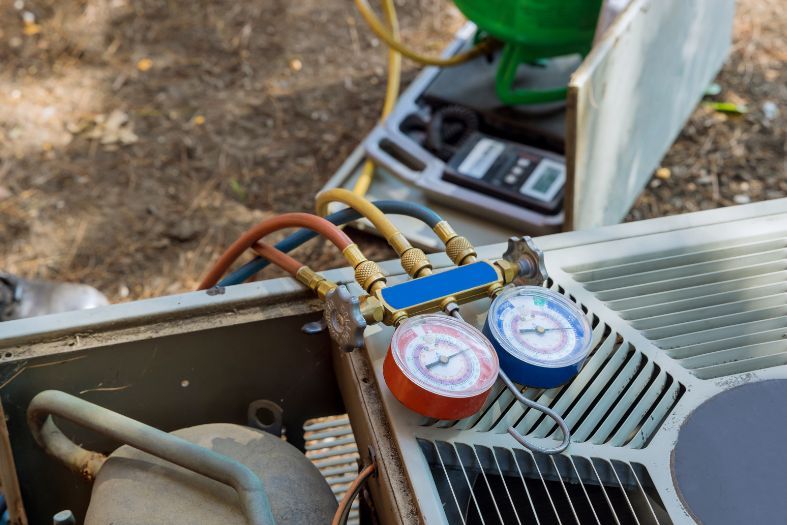

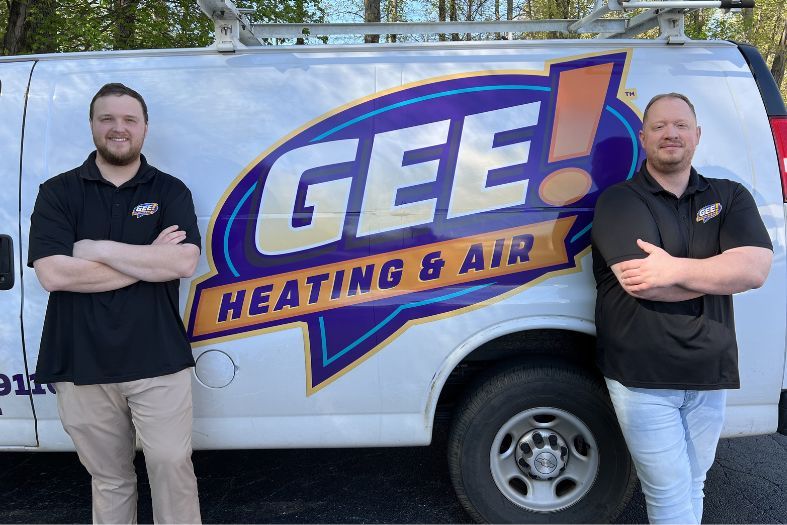
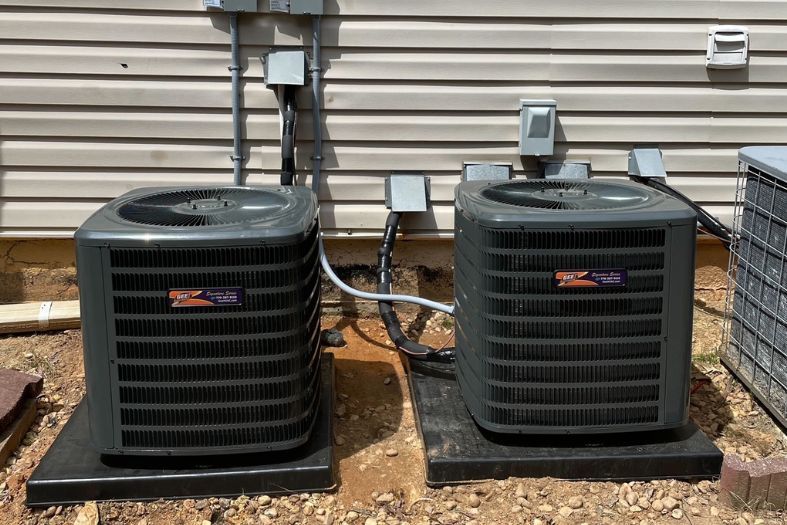
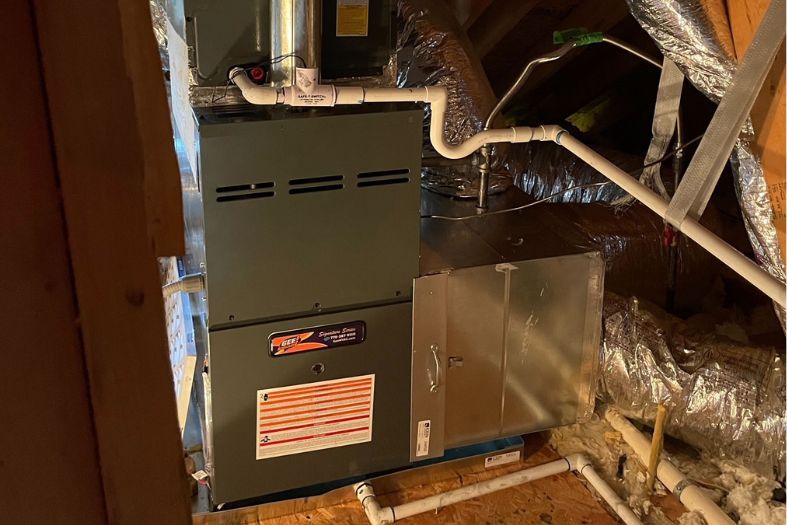
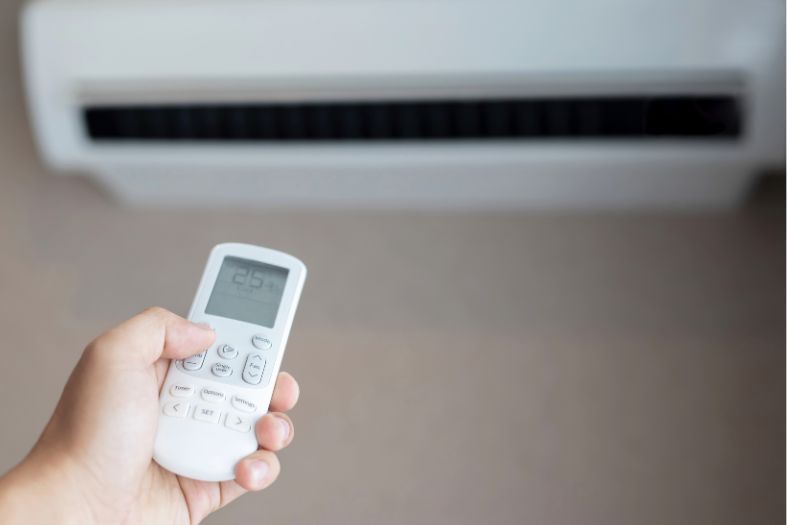

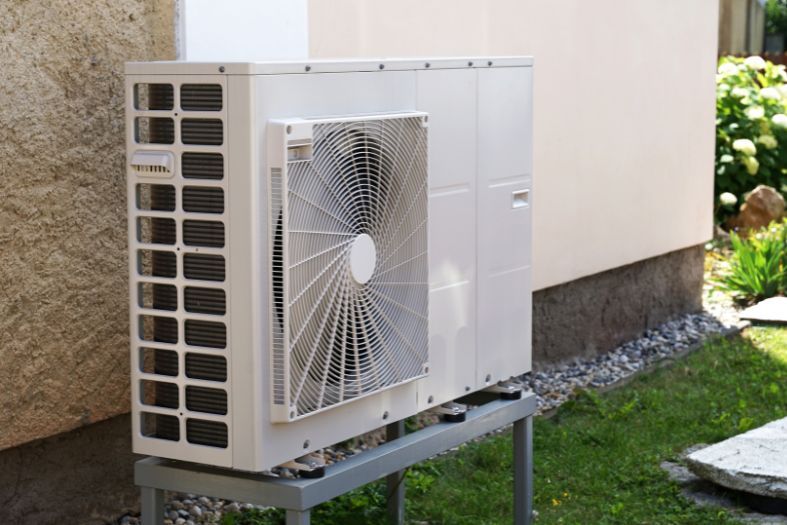

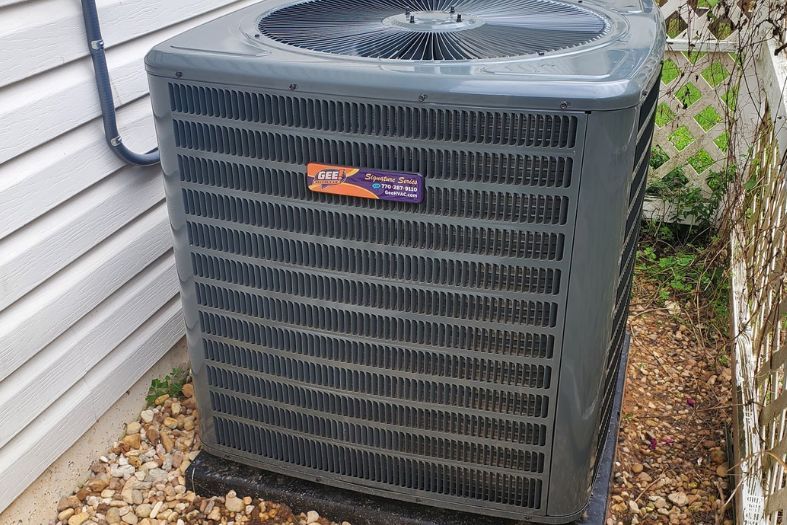
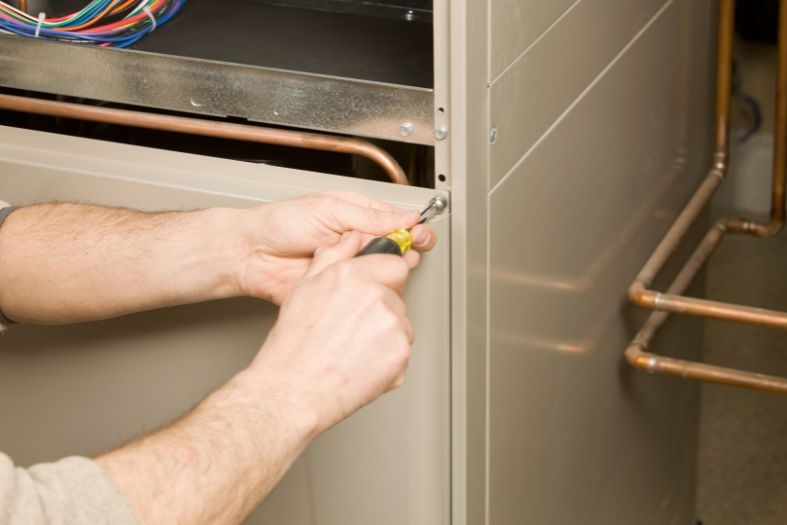
Leave a Reply